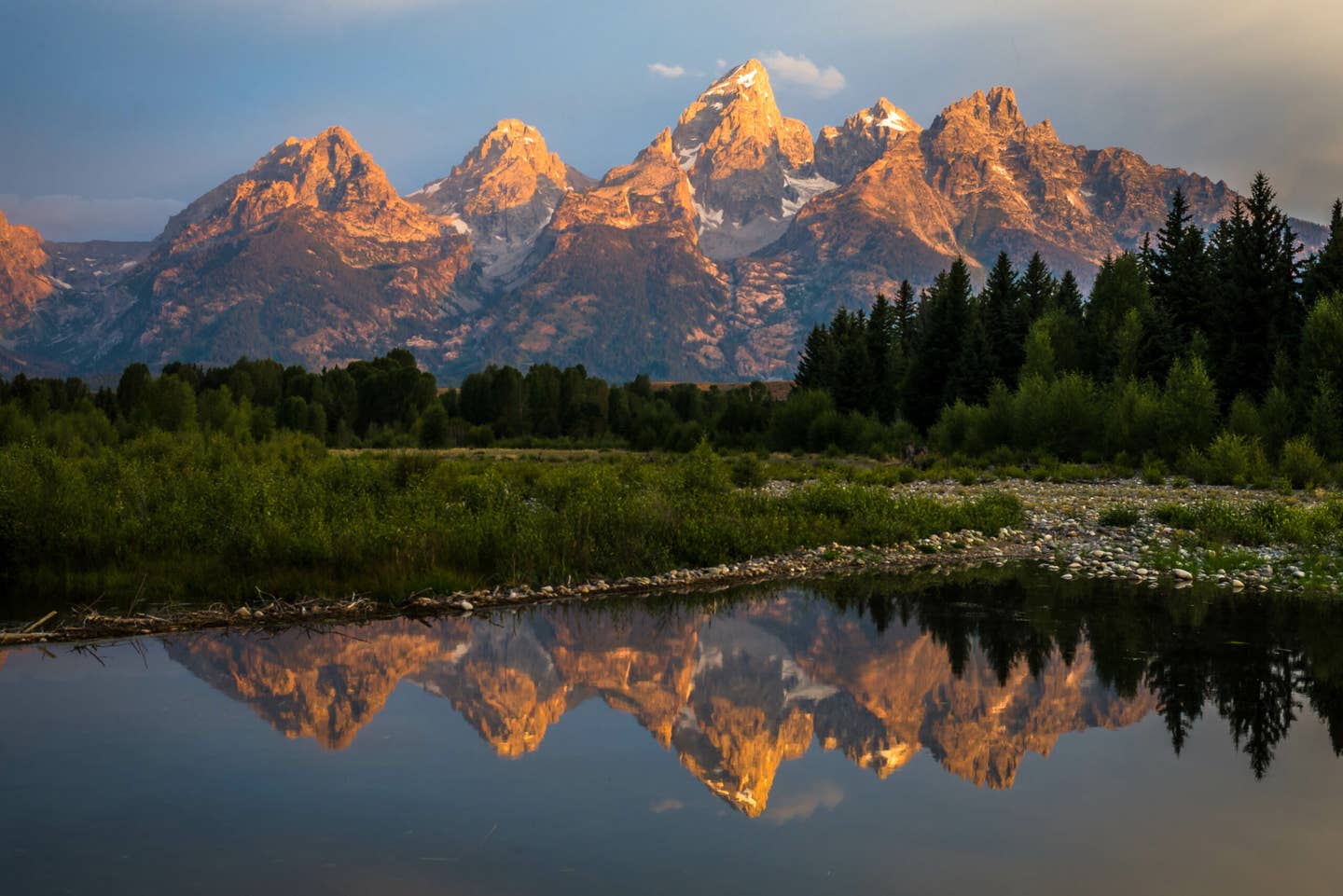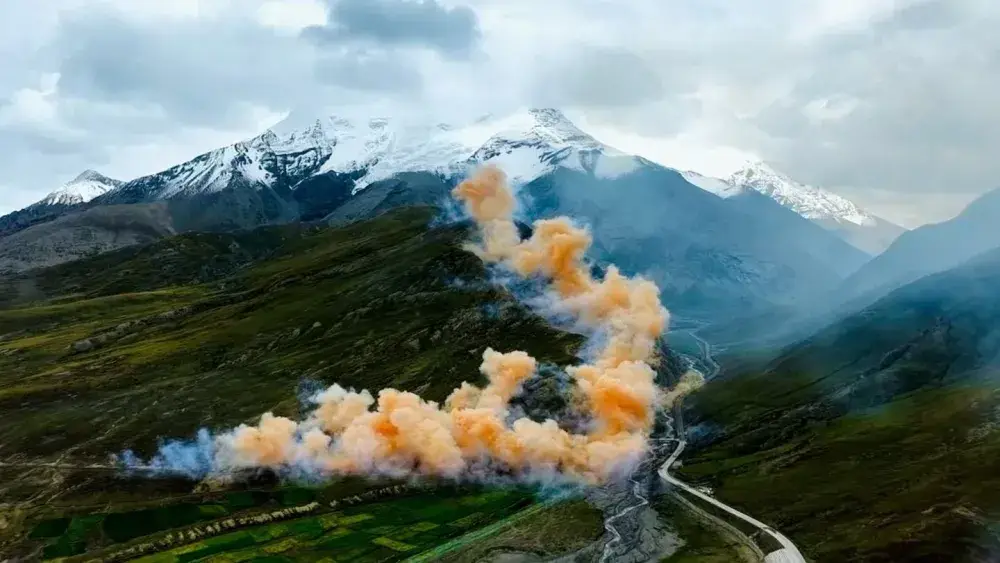

How to Holiday Shop Sustainably
Popular Stories
Holiday Gift Shop: Eco-Friendly Style
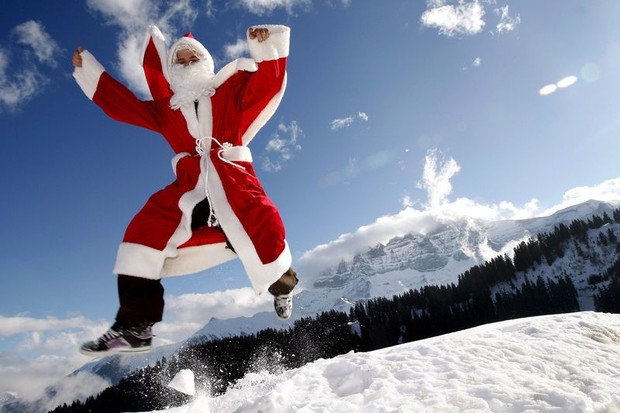 Posted by Neil English, The Mail ski correspondent in Switzerland, 2009.
Posted by Neil English, The Mail ski correspondent in Switzerland, 2009.
Let’s face it. This past winter was bunk. The Pacific Northwest (home of Mt. Baker, Stevens Pass and Mt. Hood) was so neglected by the snow gods that it received only 20% of its average annual snowfall. The low snowpack and lack of sufficient glacier runoff resulted in wildfires devouring 900,000 acres of forestry and record high river temps killing over half the Columbia river sockeye salmon.
Despite historical variation between El Nino and La Nina winters, the PNW’s overall +1.3°F temperature increase since the 1890’s stands out to scientists as a consistent warming trend to be taken seriously. Scientists world-wide have concluded that the current and incredibly intimidating global temperature increase of +1.4°F is related to human activity and is no longer up for debate.
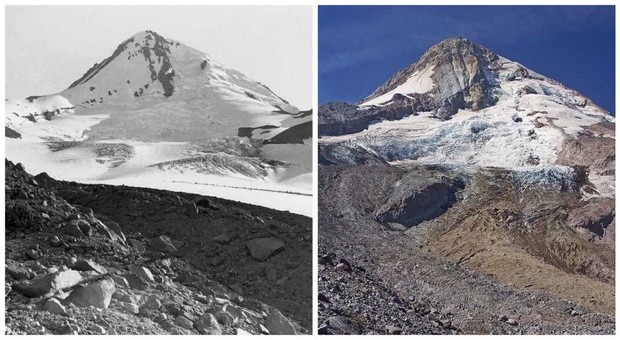 Mt. Hood, slowly losing its summer glacier over the years. Left: 1901. Right: 2015.
Mt. Hood, slowly losing its summer glacier over the years. Left: 1901. Right: 2015.
Human existence has been tough on the earth! Deforestation, agriculture, burning fossil fuels and the reluctance to change how we operate have all contributed to global warming and the slow decline of abundant, delicious powder. As we continue to release greenhouse gasses like methane and carbon dioxide into the atmosphere, we move ourselves closer to catastrophe.
At the beginning of human civilization our atmosphere contained about 275 ppm of carbon dioxide. With the industrial revolution in the 18th century, humans began to burn coal, gas, and oil to produce energy and clear cut trees that otherwise would have absorbed carbon dioxide and heat. The amount of carbon in the atmosphere is exponentially rising. Many of the activities we do every day like turning the lights on or heating our homes rely on non-sustainable energy sources that emit greenhouse gasses.
Currently, we’re at a never before seen in at least 650,000 years 400 ppm atmospheric carbon dioxide, and adding 2 ppm to the atmosphere annually. CO2 levels have been cyclical, and now we’ve blasted levels through the roof. Without drastic change in this trend we risk passing the tipping point of climate instability and irreversible damage.
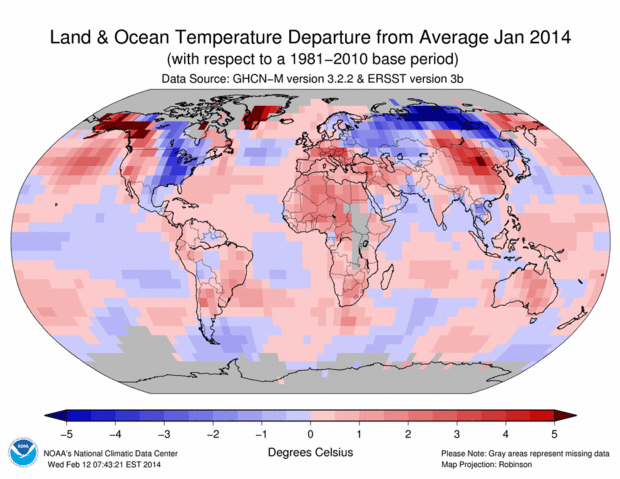 The world is getting warmer. Whether the cause is human activity or natural variability—and the preponderance of evidencesays it’s humans—thermometer readings all around the world have risen steadily since the beginning of the Industrial Revolution.
The world is getting warmer. Whether the cause is human activity or natural variability—and the preponderance of evidencesays it’s humans—thermometer readings all around the world have risen steadily since the beginning of the Industrial Revolution.
The PNW isn’t the only region suffering the effects of global warming. Glaciers worldwide are disappearing fast, mosquitoes (who like a warmer world) are spreading to new places and bringing disease. Drought is becoming common, making food harder to grow and potable water less abundant.
Sea levels are rising, already flooding many areas of Bangladesh. Meanwhile, the oceans are becoming too acidic from excessive CO2 absorption and areas where life struggles to exist (“dead zones”) are growing. All around the globe we’re seeing extreme weather like hurricanes, typhoons, floods and droughts.
In an attempt to address the intimidatingly high CO2 level in the atmosphere, the Intergovernmental Panel on Climate Change (IPCC) has initiated a ‘Carbon Budget’, which defines the amount of carbon dioxide that can be emitted if we are to avert a global temperature increase above 3.6 °F, which would result in severe climate change impacts and a mass lose of life.
This month (December, 2015) the United Nations is holding the 21st Climate Change Conference in Paris with the goal of implementing rules and regulations on fossil fuel emissions to slow this rapid temperature increase, and attempt to save the delicate ecosystems we still have left.
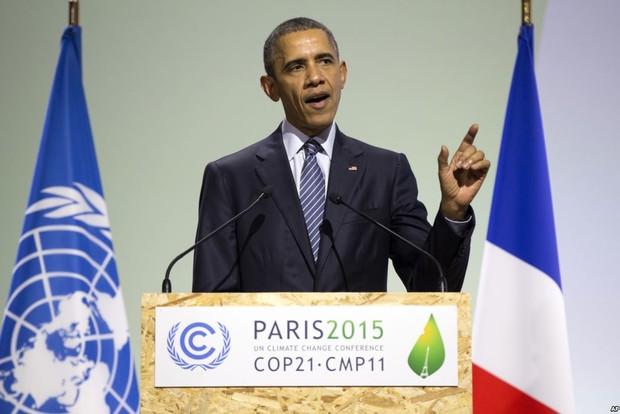 U.S. President Barack Obama speaks at the COP21 session of statements by heads of state and government at the climate summit in Paris, France Nov. 30, 2015
U.S. President Barack Obama speaks at the COP21 session of statements by heads of state and government at the climate summit in Paris, France Nov. 30, 2015
It's devastating and sad, but there is hope. We are now universally aware of human induced climate change and have begun to invest more time and energy into moving toward a sustainable future. While many government rules and regulations continue to allow extensive deforestation and fossil fuel combustion, we as citizens need to make changes of our own to reduce our carbon footprint.
We should drive less, invest in renewable energy, build our homes with recycled materials and educate ourselves on climate change. Heck, this year for the holidays we should think eco-friendly and buy gifts not only with our friends and families in mind, but the world and our snow!
How You Can Curb Your Holiday Shopping to Favor the Planet
When it comes to the holidays and living sustainably, we currently have a little dilemma. People love to buy new stuff, but industrial age methods of producing goods is extremely detrimental to the environment. So how do we mediate? Here are a few ideas.
Guide your gifting this year around one or more of these 6 categories: Environmentally Conscious; Reused or Recycled; Local; Non-Material; Hand Made; or Something you made.
Environmentally Conscious Companies
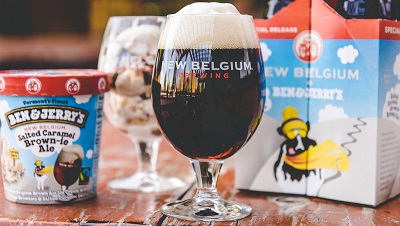
The search for true environmentally conscious companies can be tough. They’re often small and local or have little funding for big advertisements. Yet those that truly are dedicated to helping improve the environment sure won’t be quiet about it! Through social media, events and company websites these guys do what they can to spread the word about their quality products and efforts to minimize their carbon footprint.
How is a company environmentally friendly? They can do many things. A business can function in an energy efficient building, recycle and minimize waste, and produce and distribute their goods with minimal carbon output. They can work towards zero waste production, eliminate harmful byproducts like CO2 and methane, avoid the use of chemicals or reduce their water consumption. They can donate to organizations dedicated to fighting Coal use and deforestation or pledge to plant a tree for every product sold. There are so many ways a company can be environmentally conscious and it is up to us as consumers to distinguish between those that operate with sustainability in mind, and those that don’t.
This company is outstanding. Based out of big city LA, they produce yoga style pants, shorts and tops from recycled plastic water bottles! Sounds uncomfortable, but I promise you they surely are not. I’ve already checked off two individuals on my christmas gift list with these pants and I feel darn good about it.
Alright you might think cleaning products are a poor christmas present, but hear me out. They smell ridiculously good and this company is a stellar example of an environmentally conscious company dedicated to sustainability. Method was started by two guys who disliked the overuse use of harsh chemicals in household cleaners. They began by creating non-toxic soaps, proceeded to use 100% recycled plastic, now engage in the highest governmental standard of social and environmental ethics, and just this year opened the industries first LEED soap factory in Chicago that is incredibly self-sufficient and sustainable! So freakin' cool.
While much of the ski industry shows little progressin the area of sustainability, there are few companies who have begun to do what they can to minimize their environmental impact. Ramp skis are made here in America and they have taken multiple small steps to reduce waste, recycle and educate their customers on sustainability along the way.
*Side Note: Don’t let ‘green-washers’ fool you!
The use of the word “green”, “natural”, “environmental” as a marketing tactic is common and while some companies are telling the truth about their product, others are simply trying to trick you. Make sure when you see these key words you look deeper into the businesses story and steps they take to reduce their footprint.
More Examples:
Seventh Generation (Household products)
New Belgium Brewing(beer)
Sweet Green(food)
Coala Tree(outerwear/ inner wear)
Reused or Recycled
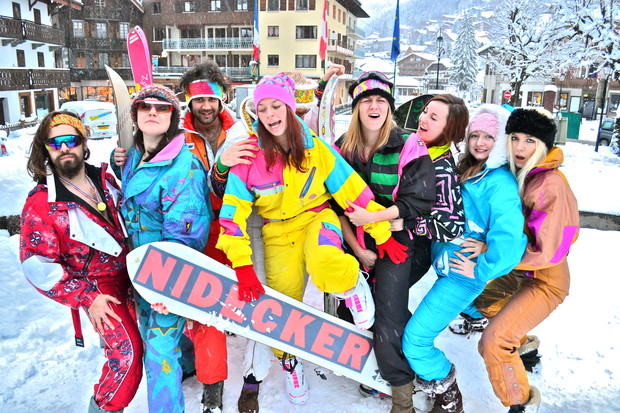
Image from Retro Rentals, a company based in the Alps that rents their epic collection of retro gear out to shredders in need of a solid onesie.
It takes a lot of resources and energy to make any product. Let’s take a pair of good ‘ol blue jeans for an example. The production of your jeans requires a massive amount of resources (like water, energy and land) and releases byproducts such as dyes, pesticides and other harmful pollutants which contaminate air and soil. A study done by Levi concluded your one pair of jeans required about 1,500 gallons of water and 400 mega joules of energy to make, and expelled about 71 pounds of carbon dioxide. You could have watered 10 adult avocado plants in the summer heat for 8 weeks, powered your fridge for 4 months and driven 78 miles! The EPA estimated that the average American throws away about 70 poundsof clothes a year. A YEAR! From one person! Clothes that go sit in a landfill and contribute to more greenhouse gas production as they slowly, slowly degrade. What a waste.
Thankfully, there is a solution!
If we opt to reuse goods over buying brand new we can save the planet a whole lot of trouble. The world is full of great, high quality clothing just waiting to be found or repaired! Take a look at what Patagonia has done this year with their ‘Worn Wear’ repair service. Absolutely amazing! High quality clothing lasts and you can find it in the back of your closet, at a recycled goods store like Value Village, or from your friends or colleagues! If you’ve got a whole pile of clothing you don’t use anymore, go donate it! ‘One’s mans trash is another man’s treasure’! I’m sure we can all attest to this slogan after finding that perfect retro onesie.
Examples:
Local

Icelanticmanufactures their ski’s in Denver, CO.
More often than not, goods require quite a bit of transportation to reach the ‘store nearest you’. Ever taken a minute to look at the products in your house to see where they were made? Were they made in China? Most likely. The majority of the items you own were made somewhere in Asia. Thus, their journey to your home required cars, trains, boats, and planes. In the EPA’s 2010 Global Greenhouse Gas Emission study, they concluded that about 24% of greenhouse gases are produced by transportation and fuel extraction, leaving the other 76% fairly evenly divided between electricity production, industry and agriculture. While it may be cheaper for a company to export the labor, it puts a burden on the environment. This one small idea of buying ‘local’ can cut CO2 emissions from transport vehicles tremendously! If you can shop locally, you really should. Look into each local company you wish to purchase from and ask about their sustainability practices to see just how green they’re going!
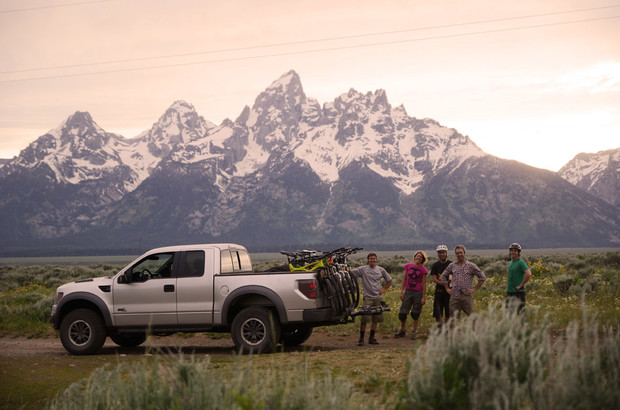
Transition Cycles. Made in Bellingham, WA; ridden everywhere.
Examples
Topo Designs in CO
Sensi Bikinis in OR
REI ‘Made in the USA’ products
Transition Cycles in WA
Give the Gift that Isn’t Material
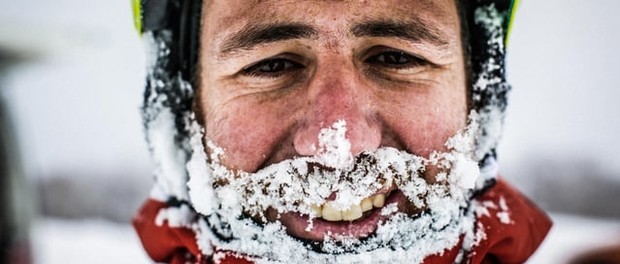
Keep Smiling it’s just Skiing / CHEERS EP1, posted by MAZCOR Collective.
So simple! Although you can’t enjoy it right then and there when unwrapped, a gift certificate for a 60 minute full body massage is a pretty darn good present. Gifts don’t always have to be something you can hold in your hand. They can be an experience, an opportunity, or education. You could buy somebody a house cleaner, a personal chef or a babysitter for the weekend. Maybe you yourself could give someone a guided backcountry tour or avalanche education lesson? A ski lift ticket? Gym membership? Get creative with this one and always keep in mind the probable environmental impact your gift will have!
Examples:
Sign Up For Our Newsletter
Glass blowing lesson
1 Months Rent
A special vacation
Ski Tune-up
Lift tickets at an environmentally friendly resort
Hand Made
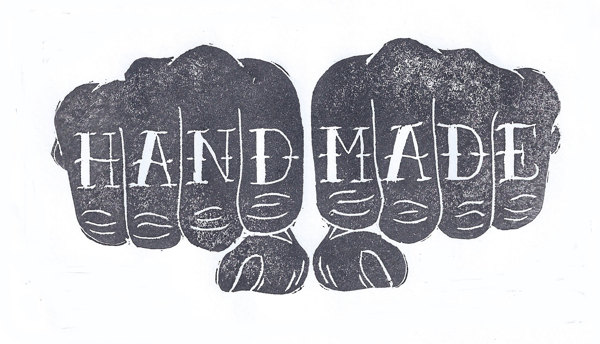
Hand Made stamps by Designer Aaron von Freter.
Making things with your hands is tough work. Which is why these products are usually expensive, especially if they are made here in the USA. In the end though, it’s a good idea to buy from someone who cares about the quality of their product and who labored themselves to make it. Hand made goods are most commonly produced by small companies, and small companies could arguably be much more eco-friendly. With a smaller budget they most likely recycle material, don’t use big greenhouse gas emitting factories or chemicals in large scales, and sell their products locally. They are a prime example of quality over quantity.
Examples:
Something You Made!
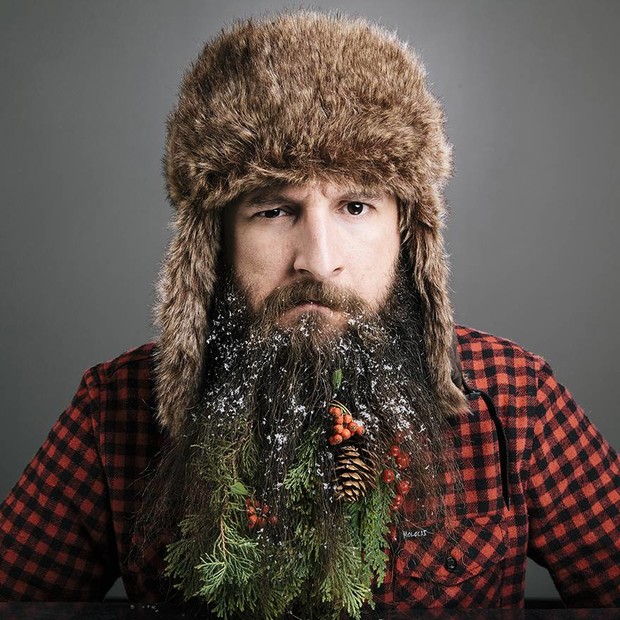
Photo by Stephanie Jarstad for her “Twelve Beards of Christmas” project.
Alright, I know not everyone is an artist but it’s the thought that counts, right? If you are artistically inclined, like to build, or like to explore your creative side, go for it! When you make the product yourself you are in control of the environmental impact. Can you use all recycled materials? Avoid chemicals? Deliver it yourself by bike or foot to your friend, family member or loved one? If you’re feeling like you would have absolutely no idea what to make, check out Pinterest (Yes boys, you can too!). Making gifts yourself is cheaper, better for the environment if done well, fun and helps you appreciate the amount of work and resources required to make all the stuff you use every day. Try making a ski rack, a candle, soap or a herb garden! You’re options are endless.
Examples:
Candles or candle holders
Picture frames or Pictures
Paintings, pottery, metalwork or woodwork
Check out Pinterest for more ideas!
Yes. You can help curb global warming!
Wether it’s driving less, trading your cow burger for black bean and wild game, or being mindful when buying holiday gifts, we can all reduce our impact on the environment. We can begin to give a little to this gorgeous planet we call home and abandon the desire to live in gross excess. In the spirit of the holidays, don’t forget to give a little something to mother earth. She is after all the trails we hike, waves we surf and snow we shred. She is who instills in us a thirst for exploration and adventure, who provides spiritual connectedness and gives opportunity for fond memories to be made. She is the creator of that euphoric feeling, more addictive than laughter, more uplifting than love, of being alive.

Photo by Kate Parker. Just one of those epic days biking in the mud.
Resources Extended:
Nasa, Global Climate Change
Huffington Post, Environmental Impact of a T-Shirt
TGR Thread,Sustainability in Ski Manufacturing
US Environmental Protection Agency, Transportation, Climate Change Science, Facility Greenhouse Gas Data, Causes of Climate Change
Sierra Club, Beyond Fossil Fuels
Netflix, Cowspiracy
TED Talks:
- Let the Environment Guide Our Development, Johan Rockstrom
- Why I Must Speak Out About Climate Change, James Hansen
Hansen, James, et al. Target Atmospheric CO2: Where Should Humanity Aim?
Dr. Hansen’s, “Climate Science, Awareness, and Solutions”
Baer, Paul, Tom Athanasiou and Sivan Kartha. “The Right to Develop in a Climate Constrained World: The Greenhouse Development Rights Framework.”
